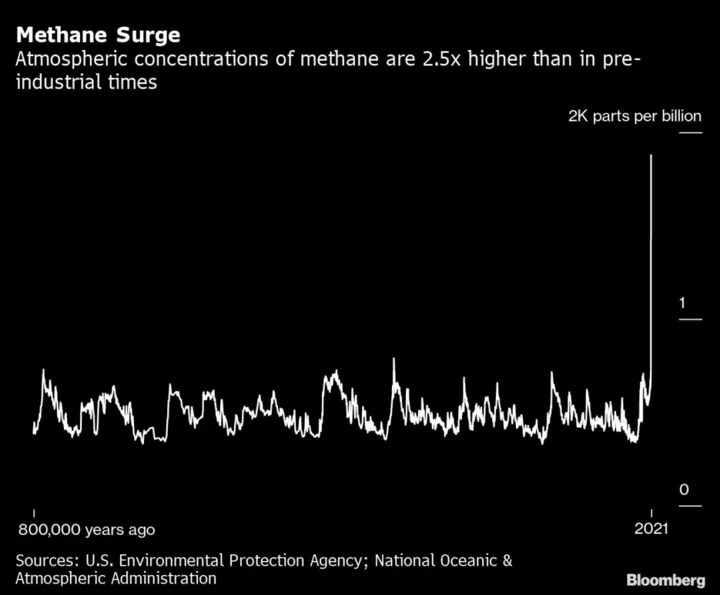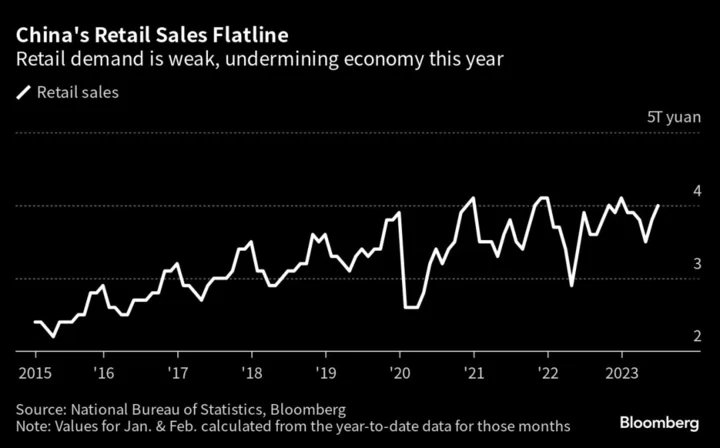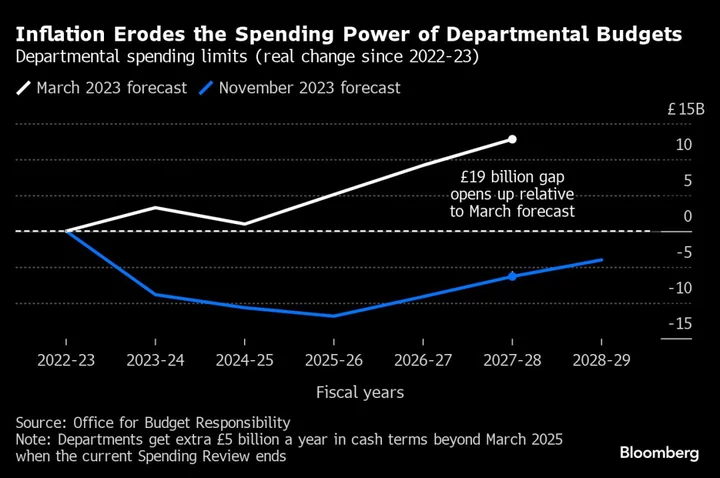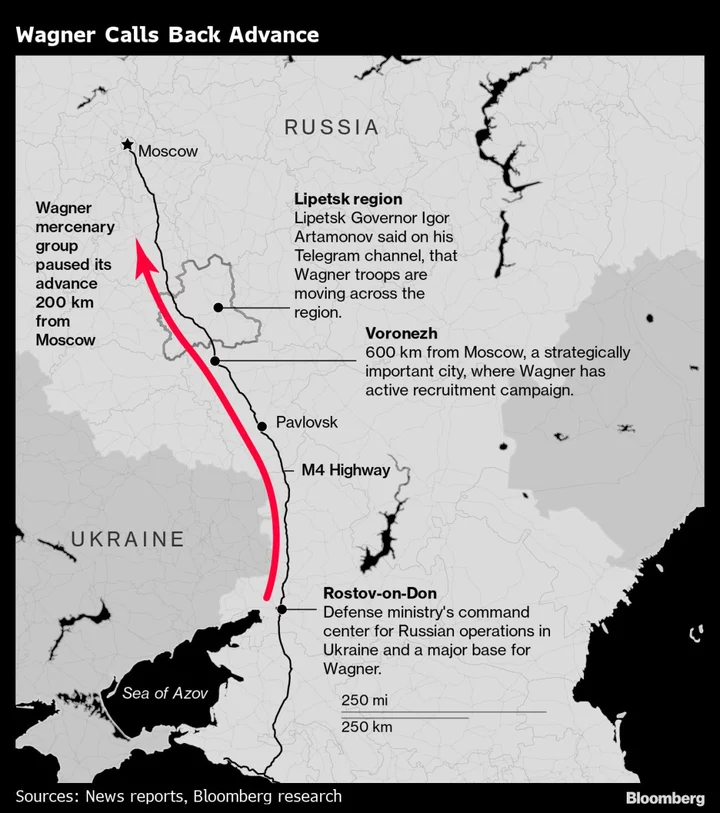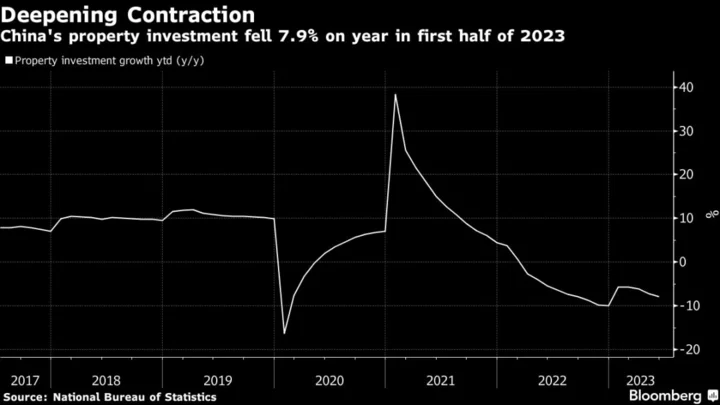China, the world’s largest emitter of methane, said it will boost monitoring, reporting and data transparency to reduce releases of the super-potent greenhouse gas.
The nation will also deploy new technologies to spot methane pollution, according to a document released on Tuesday by the Ministry of Ecology and Environment. While the plan covered strategies to lower emissions from industries such as coal mining, rice farming and gas operations, it did not lay out specific reduction targets.
There was also no mention of the Global Methane Pledge that aims to cut emissions by 30% by the end of this decade from 2020 levels. China declined to join the commitment, led by the US and European Union in 2021, saying it would develop its own pathway. There are now 150 signatories to the pledge, although many major emitters, including Russia, India and Iran, have yet to make commitments to cut methane.
China’s decision to publish the plan is “a goodwill gesture” as its climate envoy Xie Zhenhua wraps up talks with his US counterpart John Kerry in California, said Li Shuo, incoming director of the China Climate Hub with the Asia Society Policy Institute. “It’s too early to tell if this implies further climate outcomes between the US and China,” he said, but without it “there certainly won’t be further deals.”
The speed and extent of Beijing’s cuts could impact global temperatures because methane has more than 80 times the warming power of carbon dioxide during its first 20 years in the atmosphere. Although agriculture is the biggest source of the gas from human activity, halting emissions from fossil fuels is seen as easier and cheaper. Scientists have urged governments to curtail the mostly avoidable releases from coal, oil and gas.
Almost 90% of China’s methane emissions from its energy sector come from coal, which still generates more than half of the country’s electricity. Underground mines release methane when rock strata or coal seams are fractured and operators can capture the gas through above-ground vents. Draining the gas from open-cut mines can also limit methane releases.
The energy sector accounts for 30% to 40% of China’s total methane emission. The national plan calls for actions to reduce leakage and releases from oil and gas plants, and to cut the gas’ discharge from coal mining while boosting utilization rates. China will also work to lower methane emissions from the livestock industry, rice paddies, landfills and sewage treatment plants.
Countries are starting to get more serious about slashing avoidable methane emissions from fossil fuel production as the rapidly warming planet forces leaders to focus on solutions that can rein in scorching temperatures within decades. For example, the US is discussing ways to help Turkmenistan cap some of the world’s worst methane emissions that spew from its aging oil and gas operations.
China’s methane emissions from coal mining dwarf those of other nations, according to the International Energy Agency. The country has greatly increased production of the dirtiest fossil fuel in recent years in order to prevent power crunches.
--With assistance from Dan Murtaugh.

